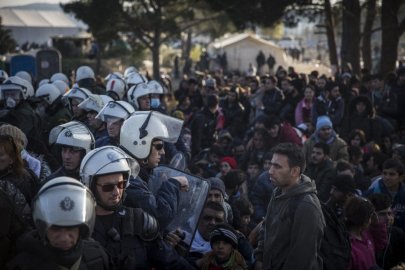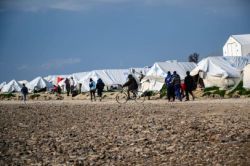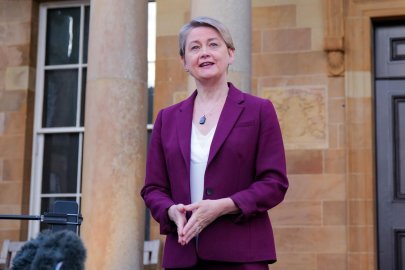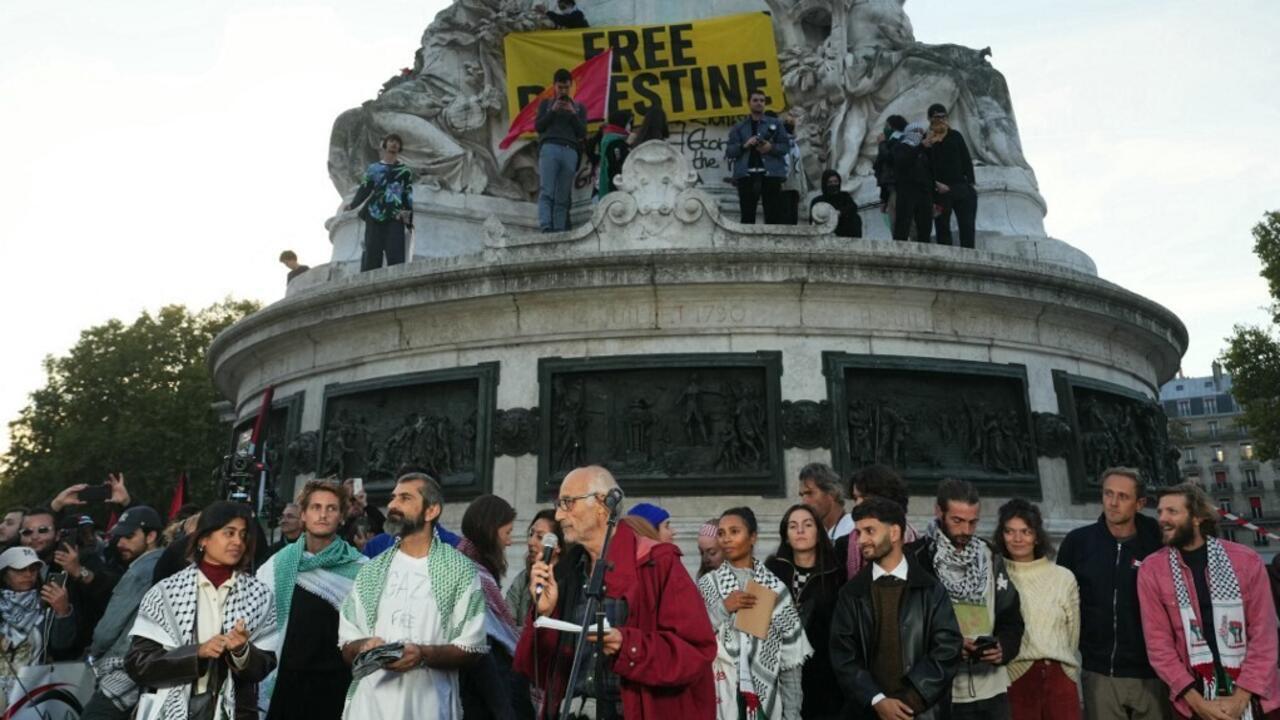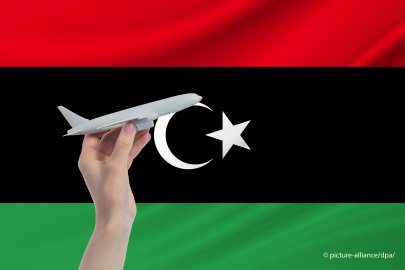Ten years since the 2015 migration movements (4/5): Lesbos, a symbol of solidar
Source: InfoMigrants: reliable and verified news for migrants – InfoMigrants
Ten years ago, the image of Syrian toddler Aylan Kurdi’s lifeless body on a Turkish beach shocked the world and rekindled the debate over Europe’s treatment of migrants as thousands fled the Syrian war. A decade later, InfoMigrants returns to the places marked by this unprecedented arrival of migrants. The 110,000 migrants who arrived in Lesbos between January and August 2015 left a lasting impression on the island’s residents, establishing it as one of the gateways for migrants into the EU. But today, the island wants to erase migration off its landscape.
In Lesbos, only one small cove still bares the traces of countless migrant arrivals: Two deflated rubber boats, empty water bottles, children’s life jackets, black inner tubes used as buoys, and a blonde Barbie doll, bleached by the sun and seawater, are all strewn across this tiny beach.
Only a year ago, the coastline of the Aegean Island looked very different, with debris from migrant crossings from Turkey visible all along its shores.
In recent weeks, an NGO had cleaned up such remnants from nearly all the coastlines of the island.
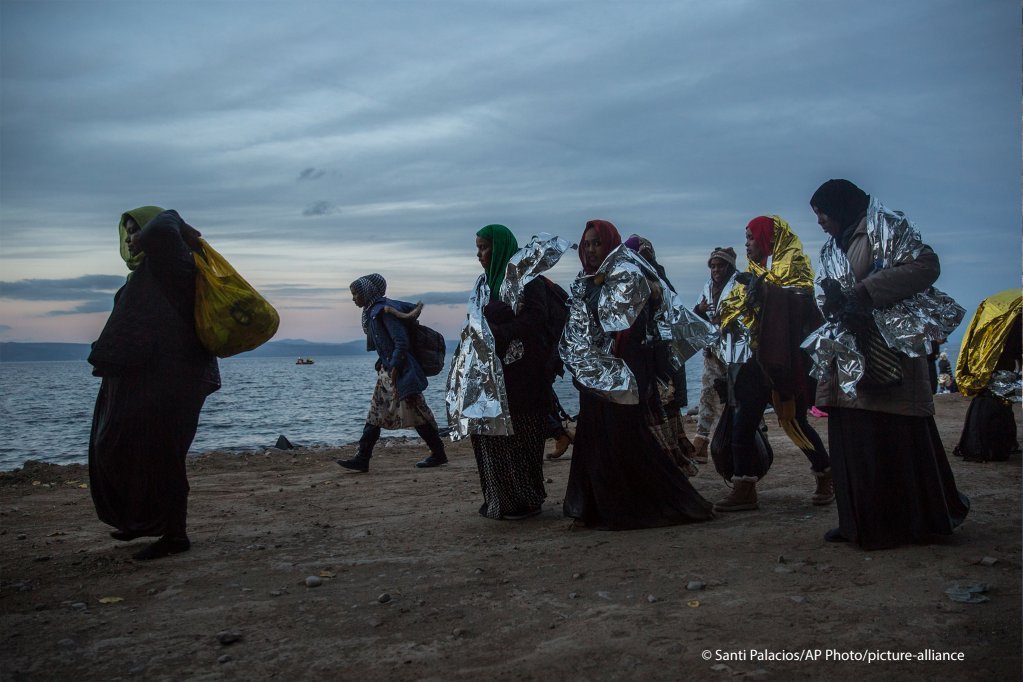
Lesbos, like other Aegean islands, saw an unprecedented spike in refugee arrivals from Turkey in 2015. Around 800,000 people reached the Greek Islands by crossing the Aegean Sea that year alone.
Over half of them landed in Lesbos, according to figures from the United Nations High Commissioner for Refugees (UNHCR).
Read Also
Is Greece in the middle of a new refugee crisis?
Arrivals down despite uncertainty over EU-Turkey deal
The number of migrants arriving in Lesbos has long dropped, largely due to the 2016 migration agreement between European Union and Turkey.
Under this deal, Turkey pledged to keep irregular migrants on its territory and take back asylum seekers from the Greek Islands who had their applications rejected — in exchange for 6 billion euros.
The agreement is at risk of collapsing today, with Ankara refusing to take back refugees stranded in Greece, looking to rather send migrants and refugees back to their home countries, especially Syria.
Reports of Greece conducting illegal pushbacks at sea, a practice Athens has always denied, might also account for the diminished arrival numbers: Only 2,800 migrants have reached Lesbos since the beginning of the year.
Yet, the memory of 2015 was still fresh in everyone’s minds.
Read Also
Europe, migration and the perennial question of integration 10 years on – part 1
‘Some 20 boats arrived every day’
In the village of Skala Sikamineas in northern Lesbos, several families are sitting at picturesque restaurant tables overlooking the harbor, talking about their lives with the late-afternoon sun beaming down on the deep blue of the Aegean Sea.
Ten years ago, the mood in the small village felt very different.
“Some 20 migrant boats came every day,” says Panagiotis Kalipolitis, a local fisherman sitting in the shade in front of one of those restaurants.
“Every time we went out to sea to fish, we had to stop working to help a migrant boat. […] My wife worked in a camp set up to house the people who arrived.”
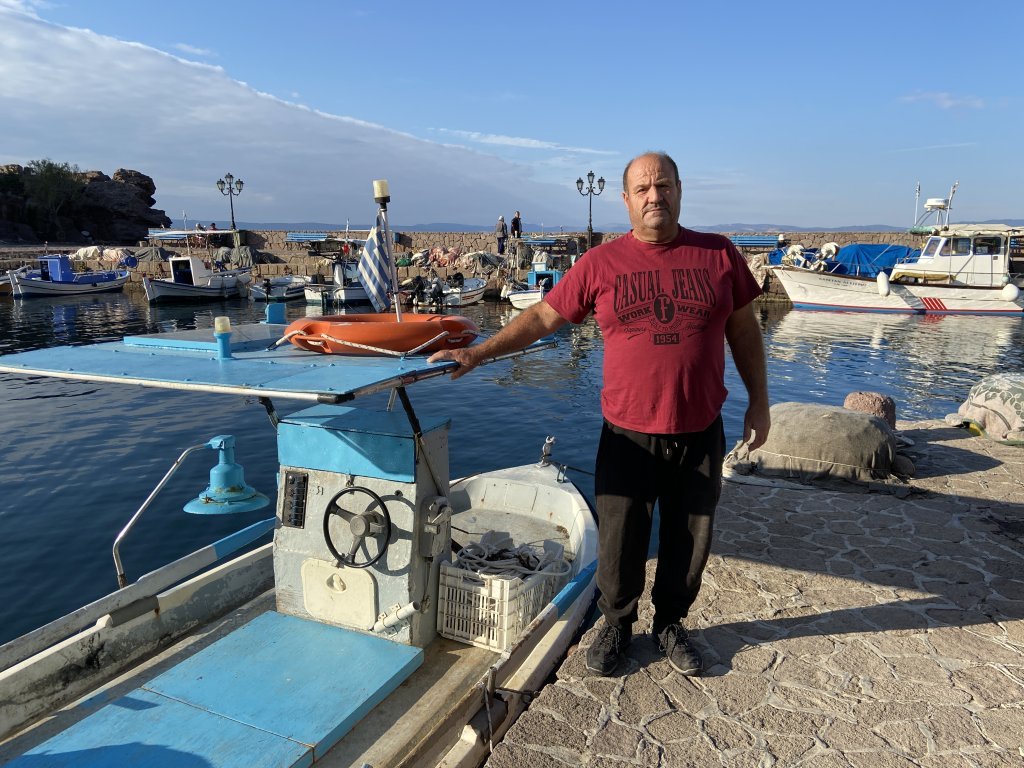
Local and national authorities were slow at the time to respond to the sudden influx of migrants at that time. To compensate, the island’s population had to step in to help the new arrivals who mainly came from Syria and Afghanistan.
The people of Lesbos quickly became a symbol of solidarity to the rest of the world, with their actions to support those with nowhere to go.
The Greek government even nominated two residents of Skala Sikamineas for the Nobel Peace Prize.
Read Also
Greek president pays tribute to second ‘Lesbos granny’ who helped migrants
2015: a year of trauma
But 2015 was much more than just a year of feel-good stories of humans helping each other. Above all, it was a traumatic year for those of the front lines of what many referred to as the so-called “refugee crisis” at the time.
Fishermen in Lesbos sometimes returned to port with their boats full of bodies, as some 3,700 people drowned or went missing while crossing the Mediterranean to reach Europe.
Local journalist Nikos Manavis covered the peak in arrivals on the island in 2015; remembering a particularly deadly shipwreck that occurred off the northern coast of the island in October, he told InfoMigrant that he can still vividly recount how “several fishermen were there trying to save the drowning people.”
“I still remember hearing them shouting: ‘save the children first.'”
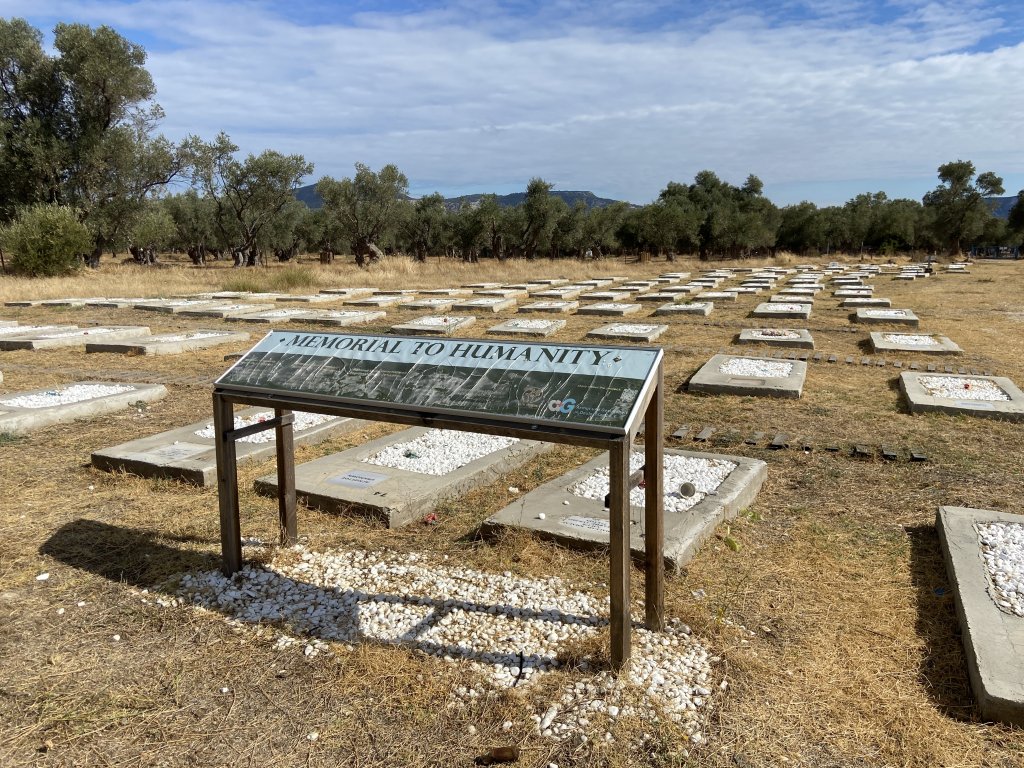
A small cemetery in central Lesbos highlights the price that some had to pay for attempting to flee their homes.
Around 200 tombstones — most of them anonymous — are lined up in this little olive grove. Dated from 2015 for some of the oldest to 2023 for the more recent victims, the marble plaques represent only a fraction of the total number of deaths at sea.
“Here people who lost their lives fleeing are buried. May their souls rest in peace,” a sign reads at the entrance in several languages.
Read Also
52,000 migrants died since 2014 fleeing humanitarian crises, says IOM
‘Violation of rights’
The reception and management of migrants on the island is significantly different today from what it was in 2025.
The agreement with Turkey helped mitigate much of migration movements, in addition to the establishment of multiple hotspots on several of the Greek Islands, including Lesbos, Samos, Chios, Kos and Leros.
“Before the agreement [with Turkey], people would arrive on Lesbos, spend a few days there, and then continue their journeys. But beginning in March 2016, people were forced to stay on the island until their asylum application process was completed. Lesbos became a prison island,” says Lorraine Leete, the director of the Legal Centre Lesvos.
Since the end of 2015, migrants have been sent to local registration centers such as Moria — also known as a Reception and Identification Center (RIC).
Living conditions in these places were particularly difficult, and backlogs in asylum applications kept increasing as arrivals continued, turning this center especially into an overcrowded — and dangerous — slum.
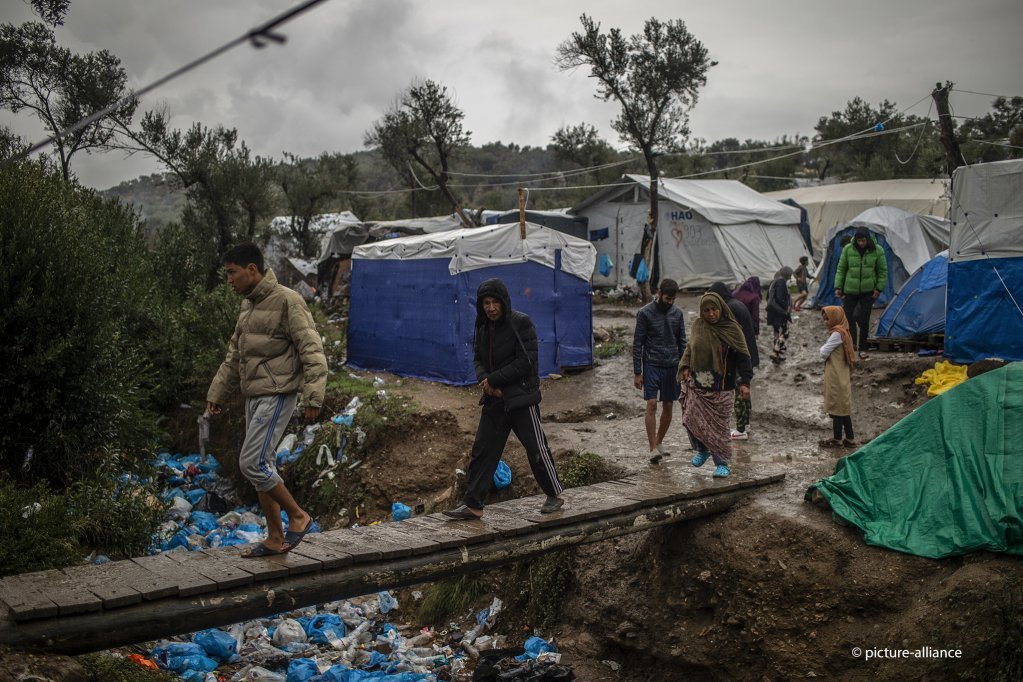
“As lawyers, we didn’t even know where to start, there were so many rights violations,” Leete told InfoMigrants, speaking from her office in Mytilene, the capital of Lesbos. “[There was a] lack of access to absolutely all fundamental rights, such as housing, healthcare, access to the asylum system, but also arbitrary detentions.”
The Moria camp was built to accommodate 3,000 people — but by January 2020, more than 20,000 people had moved in there.
Nikos Xypolytas, a sociology professor and migration specialist at the University of Mytilene, believes that by keeping the camp open, the goal of the Greek government and the EU was “to send a message to the countries of the south: ‘Don’t come. And if you come, this is what will happen to you.'”
Read Also
Lack of schooling, constant stress and nightmares: Child refugees are the first victims
Rising anti-migrant discourse — and policies
Camps in Lesbos remained overcrowded and were severely mismanaged for years-on-end. On the island itself, the discourse shifted from a welcoming culture to a rise in anti-migrant sentiments, even though Lesbos benefited economically from the presence of migrants — as a source of cheap labour.
“The year 2019 was an exceptionally good year for olive growing. Farmers offered work to young migrants in the Moria camp, and they were able to harvest a huge amount. They wouldn’t have earned so much money without them,” says journalist Manavis.
In response to this rise in anti-migrant discourse and the growing influence of the far-right, the Greek government has successively adopted increasingly restrictive immigration policies, both officially and also indirectly, according to many rights groups.
“It was around this time that pushbacks at sea became systematic,” sociologist Xypolytas told InfoMigrants.
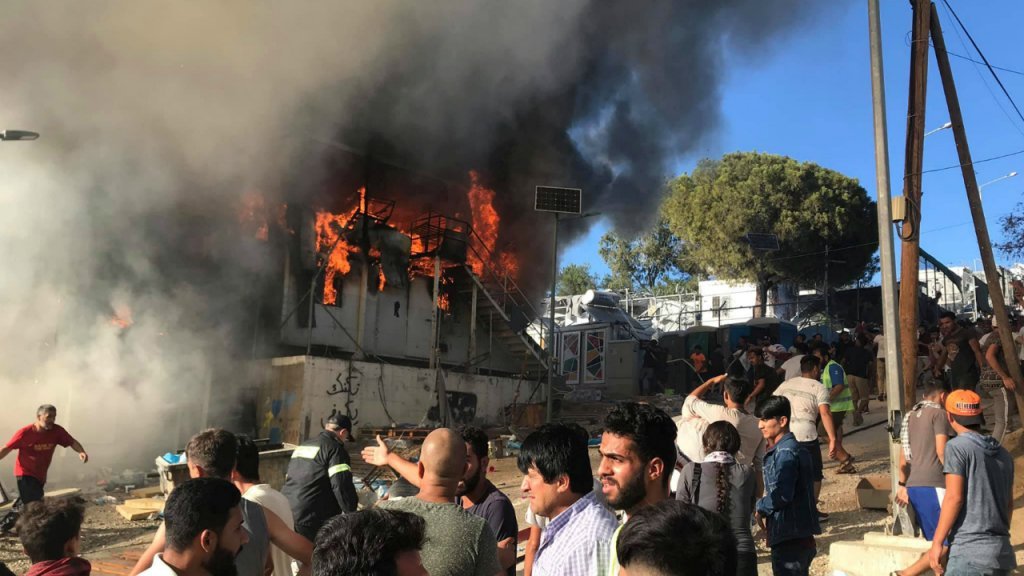
Greece: ‘Never again an open gateway for migration’
In June 2020, the Greek government announced that it designated Turkey as a “safe third country” for asylum seekers coming from Syria, Afghanistan, Pakistan, Bangladesh, and Somalia, sending a clear signal that after years of processing asylum claims, people of those nationalities would not be permitted to stay in the EU.
It was also in 2020 that a massive fire reduced the Moria camp to ashes, leaving more than 10,000 people homeless. Another camp was hastily set up at a former military site by the sea to house the former residents of Moria.
Both the fire and the COVID-19 pandemic led to further restrictions to asylum around the island and indeed all of Greece.
Restrictions on movement, such as quarantine upon arrival on the island as well as a night-time curfew, became the norm, as asylum application procedures were increasingly accelerated, seemingly without looking back.
“We will never again become the open gateway that we were in the past years, with the consequences that we, islanders, have experienced in the front line,” said Greek Minister of Immigration, Notis Mitarakis.
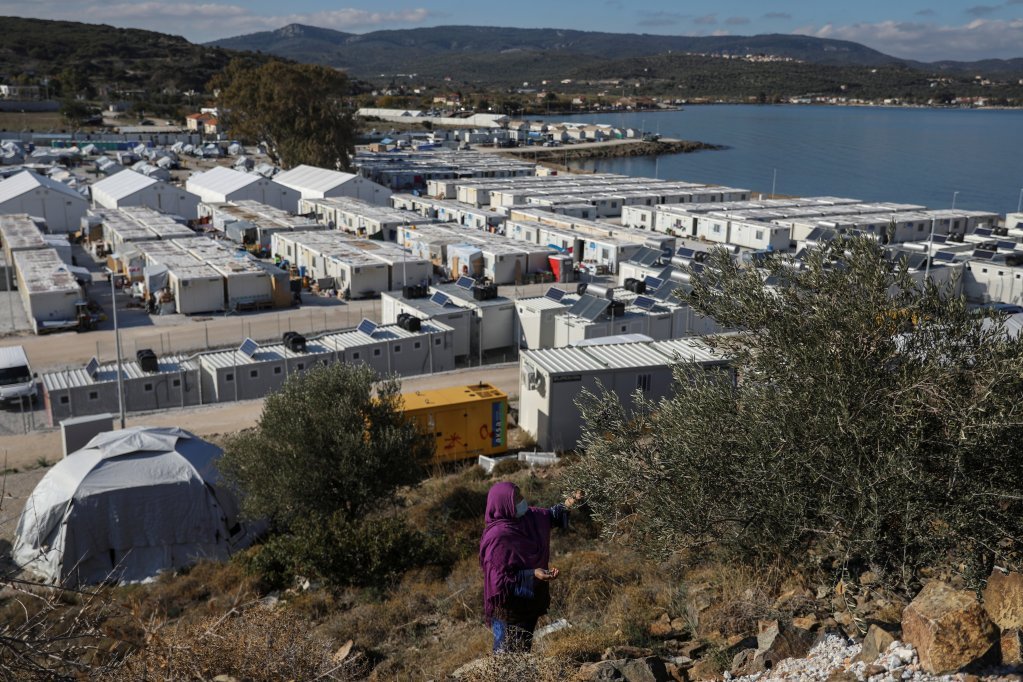
Read Also
‘Detention or return’: Greece moves to imprison those who don’t voluntarily leave
New closed camp under construction
The tightening of restrictions on asylum seeking continue today. NGOs that help migrants are increasingly being pushed to the fringes, with many of their erstwhile activities now banned and classified as “criminal.”
Recently, Greece approved a temporary suspension of asylum claims by people who have entered the country irregularly by sea from North Africa, using Libya as a departure point, as the southern island of Crete became a major arrival destination in 2025.
Living conditions have gradually improved at the Mavrovouni camp, which replaced Moria, though various rights groups and associations still decry reports of numerous human rights violations there.
Many, however, are far happier here than anyone ever was in Moria. Nicolette from the Democratic Republic of Congo (DRC) has been living at the camp in Lesbos for a month.
The 30-year-old says she is satisfied with the living conditions there, sleeping in a large tent with two other French-speaking women, though the food served at the camp is not very good, she says.
She regularly goes to Mytilene to walk around or shop — but this relative sense of freedom to come and go as she please might be over soon: For five years now, the Greek government and the EU are promoting the creation of a closed center on Lesbos, based on the same model as the camp in Samos.
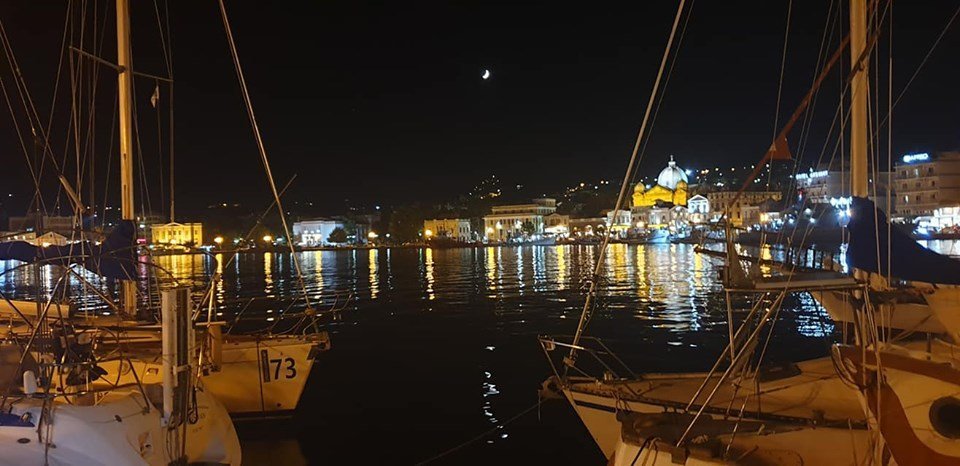
That camp is still under construction, situated in the middle of a pine forest located 26 kilometers from the nearest town, the village of Komi.
If the project is completed and migrants are sent there, they won’t be able to move freely, shop, or seek the help of any outside group on their own.
Under the plan, even though they will be in the middle of Lesbos, they will effectively disappear from sight, with all the risks they might face becoming completely invisible — as if 2015 had never happened.
Read Also
Greek court acquits migrants accused of lighting Moria fire on Lesbos
The original article: belongs to InfoMigrants: reliable and verified news for migrants – InfoMigrants .
